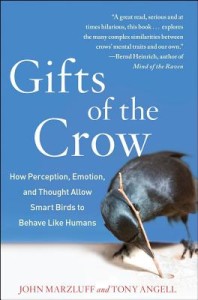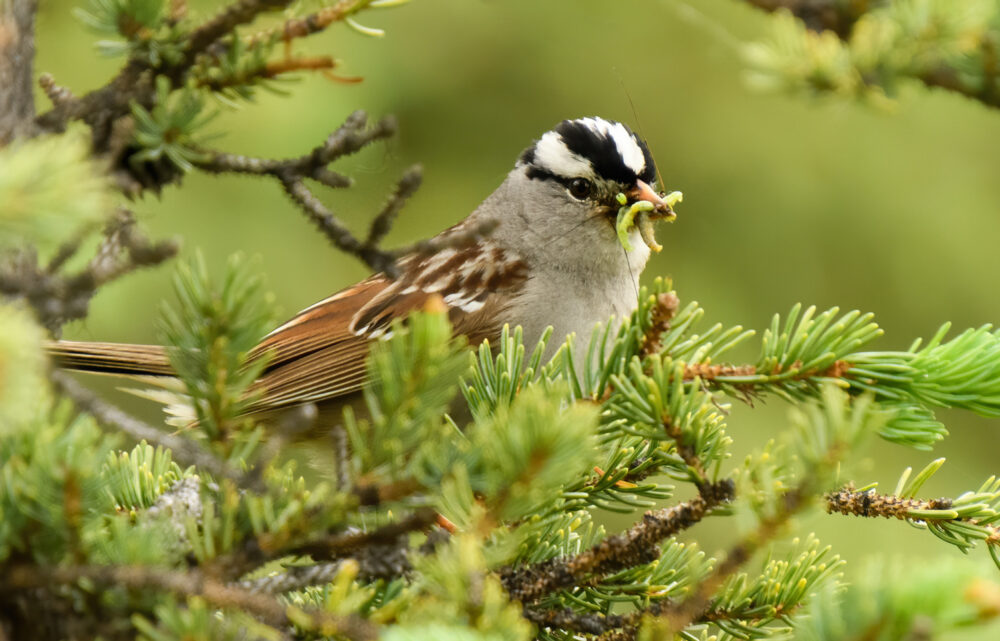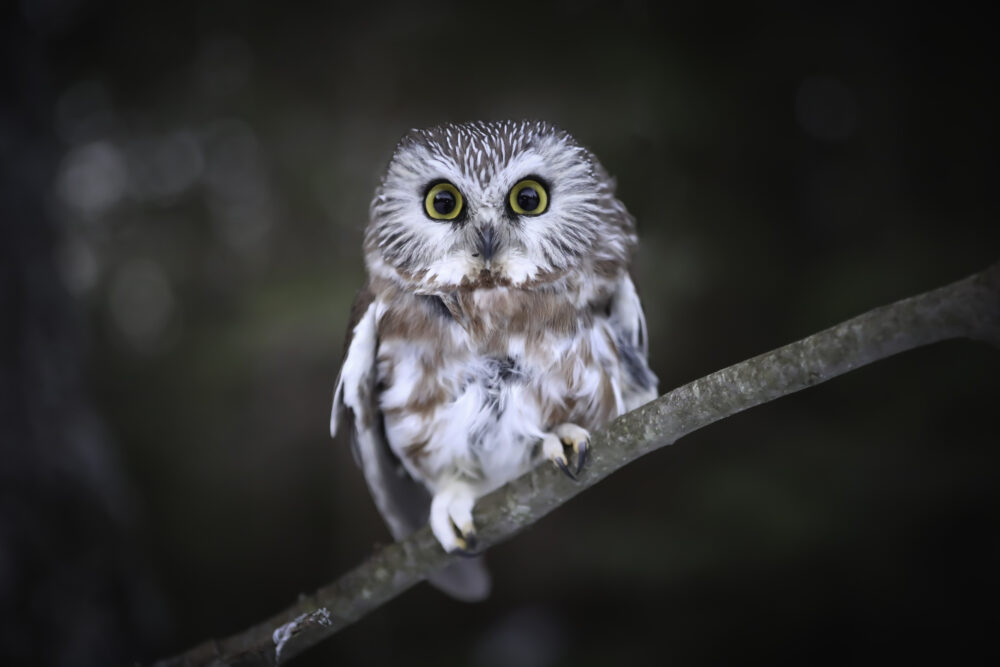We have much more to do and your continued support is needed now more than ever.
NWF Book Club: Gifts of the Crow
Gifts of the Crow brings us into the complex and fascinating lives of crows and ravens. The authors weave science with casual observations to give us a full view of the minds and hearts of these familiar winged companions. While the term ‘bird brain’ is usually used to indicate someone of lesser intelligence, Crows are shown to be an exception. They are highly intelligent birds who display many of the emotions and abilities shown in many mammals, including humans.
Authors John Marzluff and Tony Angell take us through a journey of the intelligence, speech, insight, fun, passion, grief and risk which comprises the life of an average crow. Crows are many times associated with fear or annoyance but what lies within is more than meets the eye and ear.

Join in the Conversation
As I sit here writing I can hear the loud cawing of crows outside my open door. A small flock glides by to light on the roof of a boat outside. From their perch they have a good view of the kayakers that pass by and must put up with their annoyed chatter as they paddle swiftly past. My initial reaction is to find their loud conversation a nuisance and distraction; now however I find myself fascinated by the way they interact with each other and the world around them.
While I can’t guarantee that their cawing will turn to song in your ears, The Gifts of the Crow will insure that you never look at them the same way again. From talking to gift giving there is nothing common about the common crow.
The following are questions to guide you through your discussion about this book. Please use the comments section of this blog to join in the conversation and share your thoughts about the book and about crows.
- In chapter 5 the authors introduce us to a number of grateful crows who seem to use gifts of dead rats, seed and candied hearts to endear themselves to the humans who feed and take care of them. The authors argue that this type of behavior shows that they have insight; crows understand that they will be rewarded by their gift giving. Do you think that this shows insight or are these ‘gifts’ simply coincidental?
- Speech is not something that many people would associate with crows but students at the University of Montana in 1964 would have another opinion. The calls of ‘hear boy!’ that brought dogs racing through campus that year were from none other than a local crow (pg 41). This is one of many examples given of crows and other birds using language to their advantage. Do these birds really understand what they are saying or do they simply mimic us without having an intended consequence?
- Here at the National Wildlife Federation we advocate for children getting outside to play and interact with their environment but human children are not the only ones who enjoy playing outside. From surfing to pulling pranks on neighborhood pets crows seem to enjoy having fun almost as much as we humans do! What examples of this have you seen in your own life?
- In the final chapter the authors argue that we should be able to keep crows as pets. Would you ever consider sharing your home with a crow?





















